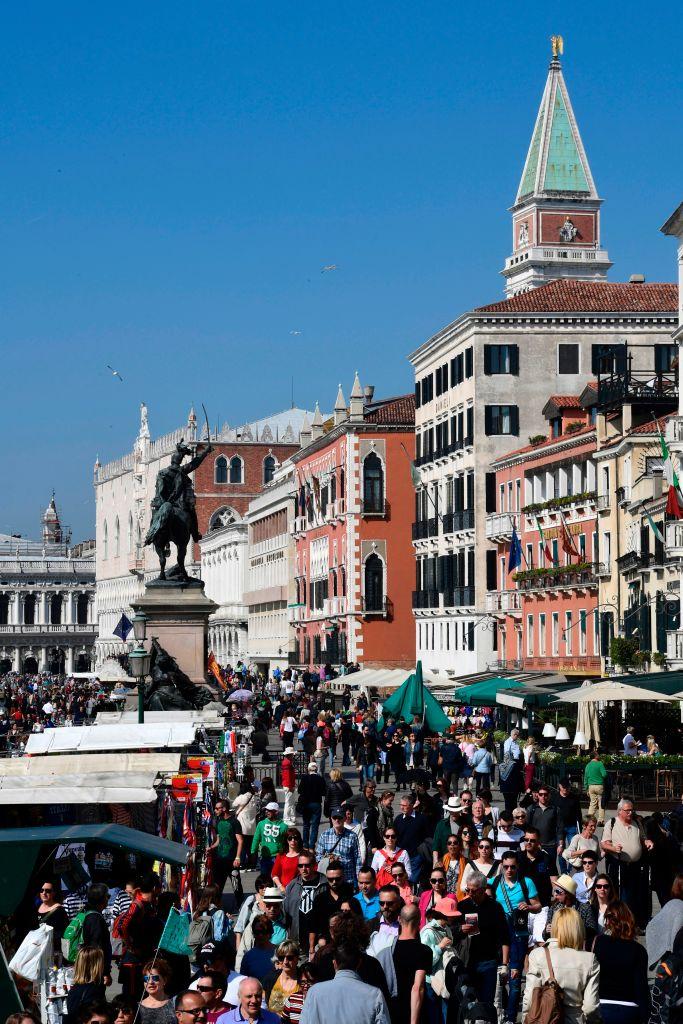“Though there are some disagreeable things in Venice, there is nothing so disagreeable as the visitors,” said the American writer Henry James of the famous Italian lagoon city in which he took several vacations toward the end of the 19th century.
Even today, James’s words resonate strongly among Venetians, despite the city’s centuries-long history of cultivating tourism.
“It’s like taking sugar in your coffee: You enjoy the taste, but if you have too much of it, it’s not so enjoyable,” said Marco Gasparinetti, who formed Veneziamiafuturo (Venice, My Future), an activist group for residents.
Venice was once known as La Serenissima (“the most serene”), a harmonious place where locals and their guests “chimed gracefully alongside each other,” Gasparinetti said. But as low-cost flights and huge cruise ships ushered in an era of mass tourism, authorities have been left grappling with a challenge that has not only exasperated those who live there but also endangered the city’s coveted status as a UNESCO World Heritage site.
The wake of cruise ships is contributing to the erosion of the city’s foundations, while increased foot traffic and litter left behind by tourists are damaging the city’s historic streets. In 2014, UNESCO threatened to place Venice on its World Heritage in Danger list if Italy did not take steps to manage the effects of tourism on the city.




